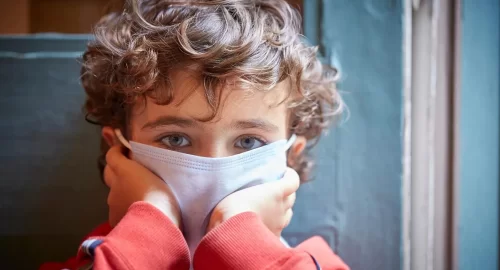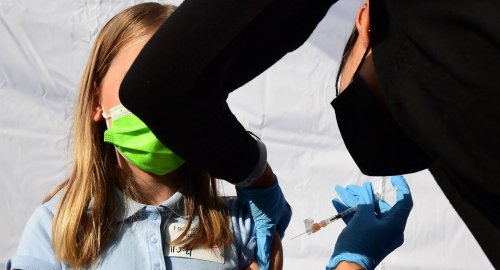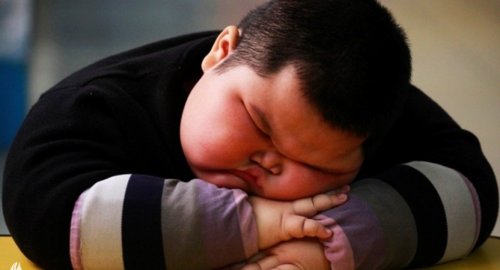
COVID-19 Linked to Substantial Increase in Type 1 Diabetes in Children

Multimedia
- 26-09-2022, 23:30
INA - SOURCES
According to a new research study that analyzed electronic health records of more than 1 million patients ages 18 and younger, children who were infected with COVID-19 show a substantially higher risk of developing type 1 diabetes (T1D).
Researchers at the Case Western Reserve University School of Medicine report that children and adolescents who contracted COVID-19 were more prone to developing T1D in the six months following their COVID diagnosis. The study was published on September 23 in the journal JAMA Network Open.
The findings showed a 72% increase in new diagnoses of T1D in COVID-19 patients 18 years old and younger—although the research emphasized that it is unclear whether COVID-19 triggers new onset of T1D.
Nationally, approximately 187,000 children and adolescents younger than 20 live with T1D, according to the Centers for Disease Control and Prevention (CDC).
“Type 1 diabetes is considered an autoimmune disease,” said Pamela Davis. She is a corresponding author on the study and Distinguished University Professor and The Arline H. and Curtis F. Garvin Research Professor at the Case Western Reserve School of Medicine. “It occurs mostly because the body’s immune defenses attack the cells that produce insulin, thereby stopping insulin production and causing the disease. COVID has been suggested to increase autoimmune responses, and our present finding reinforces that suggestion.”
The team of researchers analyzed the de-identified electronic health records of nearly 1.1 million patients aged 18 years and younger diagnosed with the SARS-CoV-2 infection between March 2020 and December 2021 in the United States and 13 other countries. They also analyzed those diagnosed with a non-COVID-related respiratory infection during that same period.
The study population was further divided into two groups: patients up to age 9 years and those aged 10-18 years. After careful statistical matching to account for age, demographics, and family history of diabetes, there were 285,628 in each group for a total of 571,256 patients.
New Zionist raids target 4 areas in Beirut
- International
- 07:26
Iraq and UK sign security cooperation memorandum
- Security
- 06:20
President Biden will announce a ceasefire in Lebanon, US media
- International
- 06:12
INSS arrest Emir ISIS Emir of Kurdistan
- Security
- 24/11/23
Iraqi F-16 aircraft carry out an airstrike in Zgheiton Valley in Kirkuk
- Security
- 24/11/22












